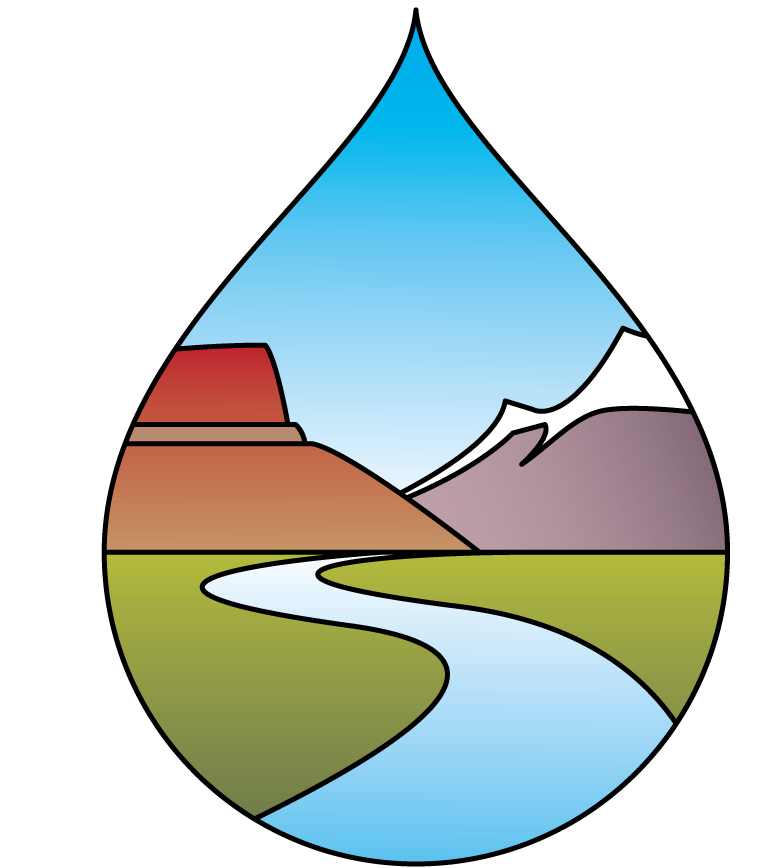Note: this page is reviewed and updated over time.
The following are known issues for the June 2025 release. This document is being updated over time and does not necessarily cover all the known issues yet. Please report any issues you may encounter to the WaDE team through direct email or preferably using the Feedback button on the left side of the footer.
Known WestDAAT Interface Issues
- Analytic and Table information is currently only available for water right data hosted on WaDE and does not include timeseries or overlay information.
- Mapping selection tools do not currently work on place-of-use (POU) polygon locations. The mapping interface utilized by WestDAAT (i.e., MapTiler Tiling Service) currently does not support the selection of polygon geometry.
- MapTiler Tiling Service, the mapping interface utilized by WestDAAT, renders site information (points of diversions and places of use) into single dimension vector tile sets, up to 20 layers. As such not all information may be displayed on the same layer as a user zoom in out. We suggest the user uses the filters to narrow down the search for a smaller subset of water rights. For example, use the Water Source Type filter to only search for surface or groundwater rights. Use the Beneficial Use filter to select a subset of uses.
- Mapping selection tools do not currently work on place-of-use (POU) polygon locations. The mapping interface utilized by WestDAAT (i.e., a mix of MapBox and MapTiler Tiling Service) currently does not support the selection of polygon geometry.
- In very narrow query criteria, where only hundreds or dozens of water rights exist across the Western States, MapBox will likely not display points or polygons on the map until the user zooms in. We suggest the user clicks on the Analytics & Table tab, which will query the database for the selected filter criteria. The Data Table will list all the water rights, and the user can visit each right’s landing page and see where they are across the West.
- The data download service via WestDAAT has a size limitation of only 100,000 water rights at-a-time for software efficiency reasons. If the limit is reached please adjust your filters to reduce the dataset size to less than this limit and try the download again. Please also feel free to contact the WaDE Team for a larger dataset request. Alternatively, data can also be downloaded via the WaDE API delivery services [link]
Known Source Data Issues
1. Why is their data available for some states but not others?
Data available from WaDE comes from state data providers, particularly those states that are members of the Western State’s Water Council. States that are not members of the council do not supply data to WaDE (e.g., eastern states and federal data).
2. Why do some states have more water right sites than others?
The water right dataset available through WaDE is only as good as the state data that is publicly available via state providers that is in an easily accessible readable format. If data from a state provider is not easily accessible it can be a challenge to host that data. For example, Wyoming water right data appears incomplete due to the available seen data only represents groundwater wells with greater than 500 gallons per minute (GPM) permitted capacity and which do not have stock watering or coalbed methane as their only beneficial use.
Native Americans or Tribal Nations water right data is currently not available via WestDAAT. In many cases, states share water rights information for the tribes, especially if the rights are adjudicated and finalized.
WaDE also only works with data that is already considered publicly available data and does not host any data that is considered sensitive.
For specific details per state, please see data mapping documentation for WaDE [link].
3. Why is water right data more comprehensive in one state but not others?
Each state across the West is responsible for collecting and sharing water right data. As such there is no standardization of what information is shared publicly. WaDE attempts to bridge these gaps using a high-level, flexible data schema capable of mapping and hosting basic water right information and more if available.
For example, some states do not track a priority date information or may only track such information under specific circumstances. Somes states share water right allocations either in flow or volume. Some states do not share owner information to protect sensitive information. For specific details on criteria of how and what data is publicly collated and shared by data providers, be sure to check the Method Information (method.csv) per data set.
